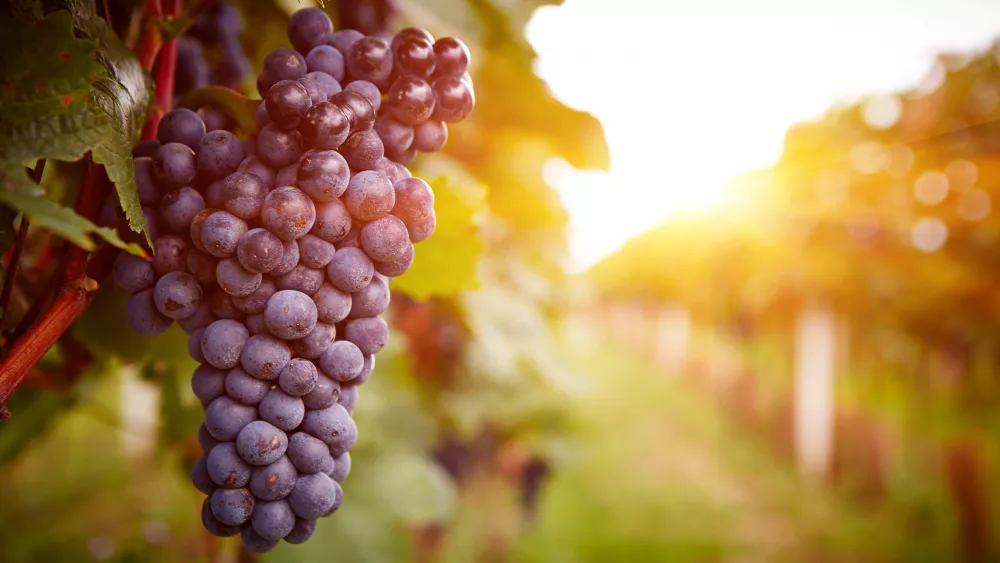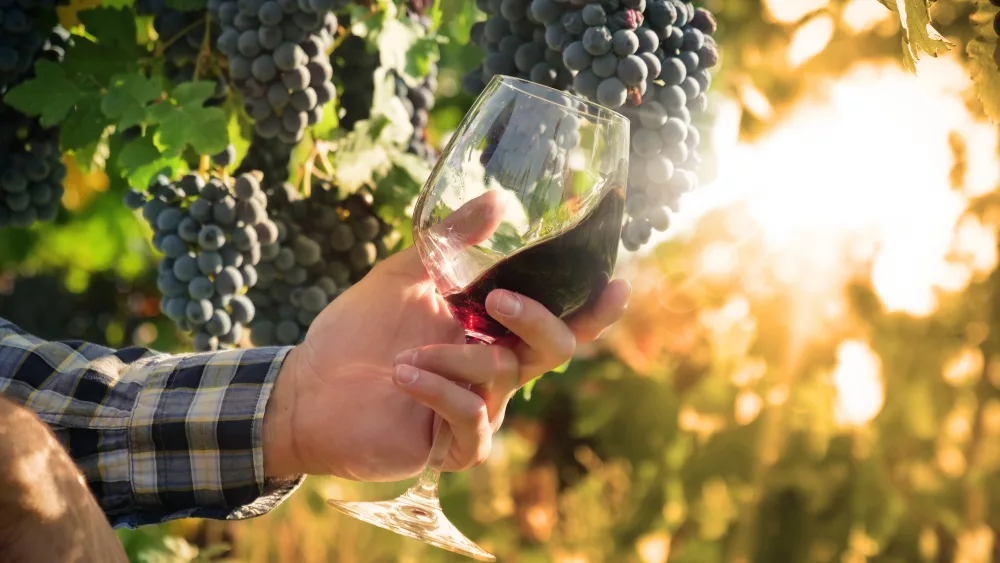Recent headlines suggested that drinking much more than one glass of wine per day can have negative health effects for both males and females. That would be very bad news for an industry that has pinned much of its marketing efforts on the view that drinking wine has positive health benefits. But looking more deeply into the science behind these headlines actually suggest that drinking a glass or two of wine may be better than drinking no alcohol at all. So what gives? First a little background.
The “French Paradox”
During the late 1980s there was a seemingly worldwide revolt against saturated fats in the diet. Most animal fats are saturated, whereas the fats of plants and fish are generally unsaturated. At the time “evidence” was mounting that pointed to saturated fats as being the root cause of everything from coronary heart disease to cancer. The problem was that there were societies — such as the French — that ate more saturated fats but actually had lower rates of CHD. This suggested either that saturated fat was not the cause or that there was an additional element of the French lifestyle that counteracted the higher-fat diet.
One idea that was floated at the time was that because the French drank more wine (roughly 1 gallon per year more) wine might be the magic elixir, allowing a diet full of butter and fatty steaks so long as a glass or two of wine was included. Voila. Everyone from “60 Minutes” to wine-brand public relations agencies embraced this newfound “therapy,” often implying that wine might be akin to a type of medicine.
Alcohol and breast cancer
But as time passed the research began to catch up with the hyperbole. Much of the science looking into alcohol consumption has shown that limited amounts of consumption have a positive impact on a person’s longevity. The findings were primarily linked to reduced risks of heart disease, but new evidence suggest that even limited amounts of alcohol can slightly increase the risk of breast cancer.
The National Cancer Institute warns that, “More than 100 epidemiologic studies have looked at the association between alcohol consumption and the risk of breast cancer in women. These studies have consistently found an increased risk of breast cancer associated with increasing alcohol intake.”
The site goes on to outline that women who drank approximately three drinks per day had 1.5 times the risk of developing breast cancer as nondrinkers and that for every 10 grams of alcohol consumed per day (slightly less than one drink) researchers observed an increase in the risk of breast cancer.
Alcohol and longevity
A recent study published in the April edition of the English-based peer-reviewed general medical journal, The Lancet used combined analysis from 599,912 patients to conclude that drinking more than a glass of alcohol per day raises the risk of stroke, ruptured artery in the chest (fatal aneurysm), heart failure and death for both men and women. The finding seemed to suggest that for every drink over the one-per-day limit life expectancy is decreased by about 30 minutes.
Hold on: Headlines can be deceiving
The problem with these studies is that they’re looking at risk of drinking in a single context. For example the breast cancer studies do not consider the increased benefits of drinking for reduced heart disease and The Lancet studies’ headlines are based on comparisons only between drinkers of alcohol — when these data are compared to those who’ve never had a drink in their life, the findings point out that moderate drinking is better for longevity than never having had a drink of alcohol in your life.
What does one glass of wine per day look like?
According to the 2015–2020 Dietary Guidelines for Americans, moderate alcohol consumption is defined as having up to one drink per day for women and up to two drinks per day for men. This definition refers to the amount consumed on any single day and is not intended as an average over several days.
A single drink in this definition contains 0.6 ounces of pure alcohol, which is roughly equivalent to 5 ounces of a 12 percent alcohol wine. To put that in perspective, a standard shot glass equals 1.5 fluid ounces.
The current wine and health claims are bound to change as the science catches up. That said, it’s highly unlikely that wine—a beverage that has been associated with human civilization for millennia—will ever be considered akin to smoking. Of course, stranger things have happened, and at the very least these new studies should put the industry on notice to be careful what it claims in either direction.





